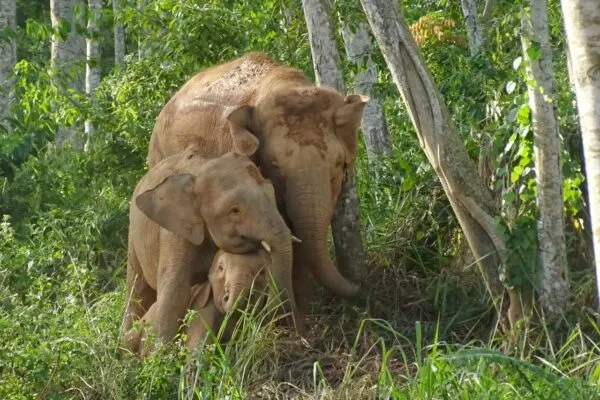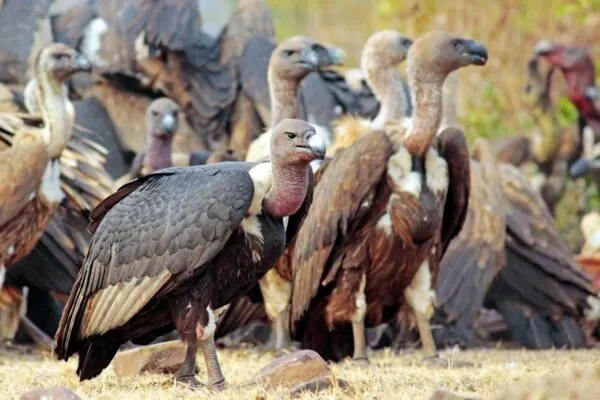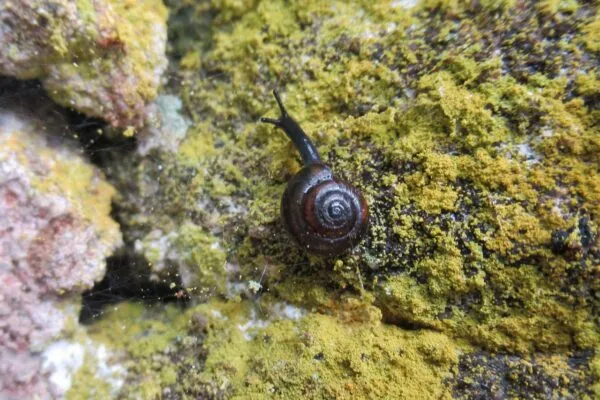10 Ways Modern Technology is Helping Fight Poaching
An estimated 35,000 elephants are killed each year in Africa for their ivory tusks, however, with the advent of technology, there has been significant improvement in anti-poaching efforts across the planet
While the criticism against the act of rearing animals for slaughter to fulfill the global demand of meat consumption is raging, rarely any attention is paid to poaching, which despite of being a popular topic of environmental ethics and being illegal for decades, is still going strong and unabated. Poaching is one of the greatest threats to some of the world’s most endangered species and still it happens more than we know. Although there are ways that modern technology is fighting poaching, there are many shortcomings with a long way to go.
Understandably, poaching is a lucrative trade and many wealthy people continue to support the purchase of products from poached animals. To avert poaching, many countries have brought several rules and laws into existence, but to no avail. Some nations have enacted a shoot-to-kill poachers policy, which let’s be honest – that seems something a lot like two wrongs making a right.
Rhinoceros are hunted for their horns, sharks are killed for their fins, elephants are butchered for their tusks and tigers are murdered for their organs and skins, and many more. These animal body parts have been sold illegally on the black market for a long time. Unluckily, as species decline, poaching problem hasn’t slowed, instead, it has become more organized and high-tech.

Image: Brent Stirton
While park rangers and governments struggle to battle poaching gangs, some technological advances are providing huge aid in protecting the planet and its wildlife. With help of modern technology, authorities are fighting poaching that is driving endangered species toward extinction through these 10 ways.
Google Earth and GPS Collars to Track Animals
Google Earth has emerged as a crucial tool of information and scanning the globe for scientists while sitting in front of a computer screen. This can also be used as a real-time tool to end poaching. Save the Elephants employs Google Earth along with GPS tracking collars on elephants to monitor the movements of herds, documenting their location and pace.
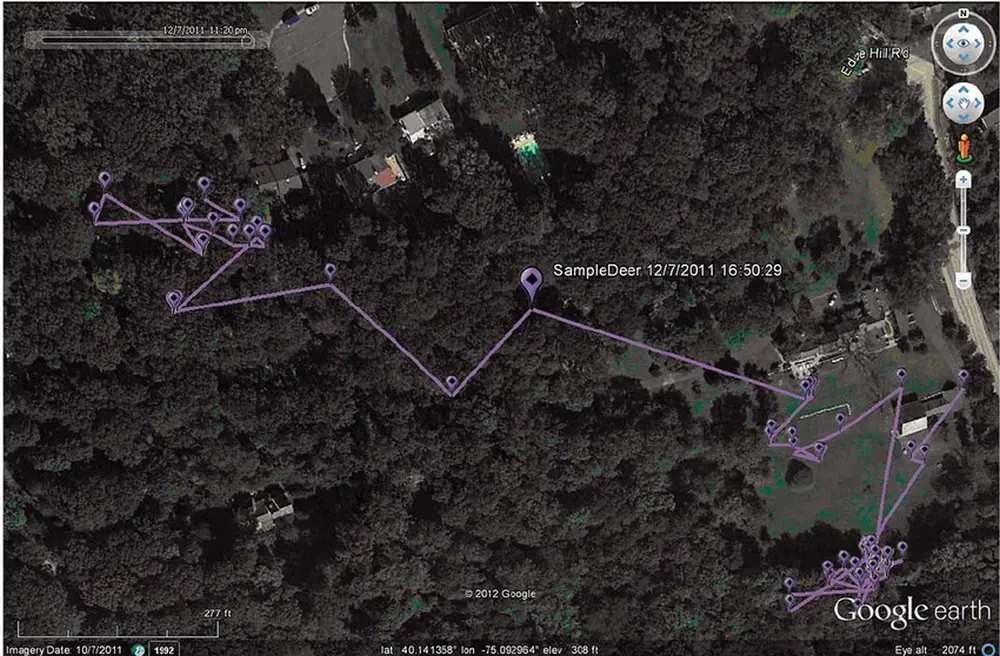
Image: Eugene Potapov
This provides almost real-time data to trace an individual or herd if they are running from something, specifically poachers, as well as if the animal has stopped moving and may have died at the hands of poachers. This technique sends alerts to the conservationist or ranger teams on their mobile devices when an elephant’s movements are unusual, prompting an investigation.
Aerial Surveillance Drones
Drones have evolved and upgraded in the past couple of years, bringing to the fore affordable and high-tech tools to be used for conservation efforts for wildlife conservationists and park rangers who are adamant to stop poachers. This modern technology has been used to protect threatened species in various countries from Kenya to Nepal and to whales in the ocean.
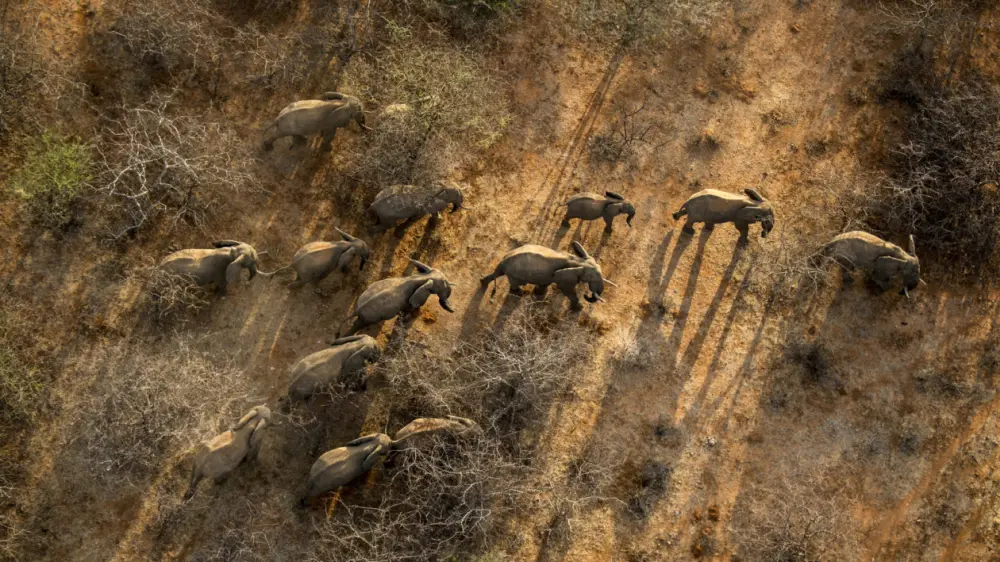
Image: Ami Vitale/TNC
Aerial surveillance drones are a capable and efficient way to patrol remote regions of the wilderness and an eye out for wildlife traffickers and poachers. Google has awarded the World Wildlife Fund $5 million the Global Impact Awards. This money will be spent on technology that can aid in conservation efforts, one of which is drones.
Tracking the Source of Poached Parts
DNA tracking has come in handy while catching poachers. Moreover, the idea that they will get caught even if they can pull off the crime and sell the trafficked animal parts is a great deterrent. For example, when illegal shark fins are seized, scientists are learning how to use the genetic material in the fin to trace the shark back to where it originated.
This tracking technology can help tell authorities where to look for shark finning and catch the criminals. It works with the dusky shark and the copper shark; however, the tech comes with limitations with sharks moving in wide ranges.
Another DNA tracking technique works with rhinoceros, which is one of the most endangered species. The Rhino DNA Indexing System (RhoDIS) includes data from 2010, including somewhere around 5,800 rhino poaching incidents. The system has directly aided in catching and sentencing poachers. A seized horn can be traced back to the rhino it was taken from, which can offer a substantial lead on tracking the poacher and traffickers that have acquired the horn to be sold on the black market.
Anti-Poaching Transmitters
Anti-poaching transmitters are a set of clever tools that send real-time information to monitor the movements of the animals and their exact location through a sensor, which comes in handy to track any irregularities or poaching events. These devices can be fitted on a collar or directly onto an animal in danger from poachers.
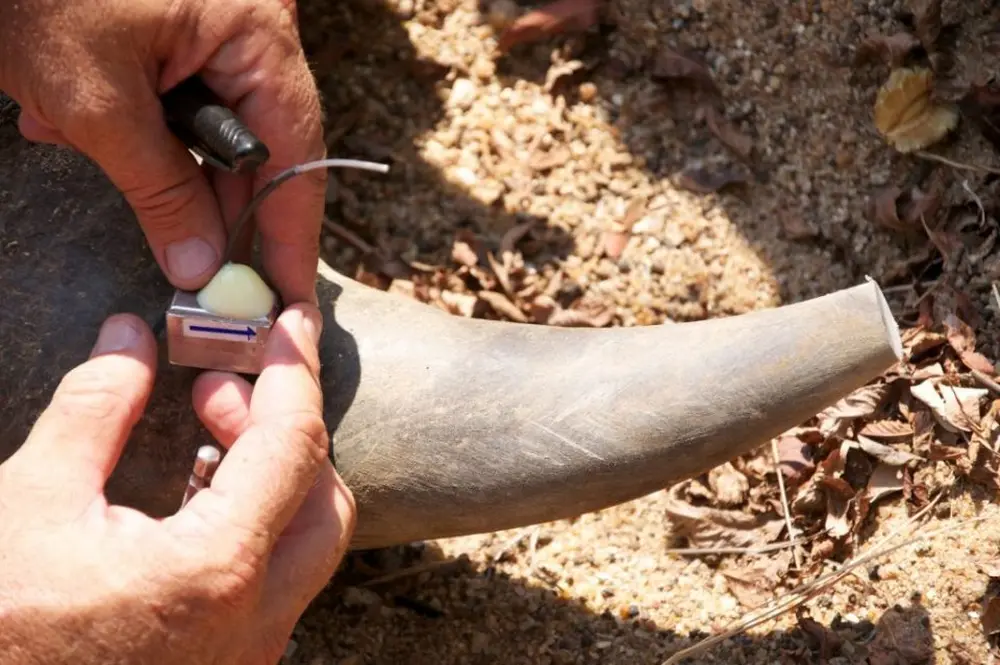
Image: Wildlife Act
This technology is currently being used to monitor endangered rhino populations and other threatened species in most African conservation projects. The transmitters can send real-time information about an animal and can even sense when they are in distress. It will also trigger an alarm if an animal is physically under duress, and in the case of rhinos, the sensor can detect if its horn is in danger of being cut off by poachers.
Anti-Snare Collars with Emergency Alerts
Some species are not actively hunted down but killed through passive hunting by snares, posing a serious threat to species like lions, cheetahs, leopards and painted dogs. The snares around the neck often mean that the animal will likely die a slow and painful death before the poacher will check traps. To find a solution to the problem of snares, the Wildlife Act Fund has provided snare-proof collars with emergency alerts.
The collars are similar to the wide leather bands of a GPS tracking collar, except they are thicker and with rows of small metal knobs that will seize the snare and protect the animals’ neck from being choked or mutilated. It then notifies the team that the animal has stopped moving or is separated from the pack, indicating that it could be injured or trapped. The team can then locate the animal and help it.
Satellites to Track Endangered Wild Species
Elephant tusks are a popular item on the black market, making threatened species a big target of poaching. Anyhow, conservation scientists are using satellite imagery to track wild animals. Elephants in parts of Africa are rapidly declining owing to relentless poaching.
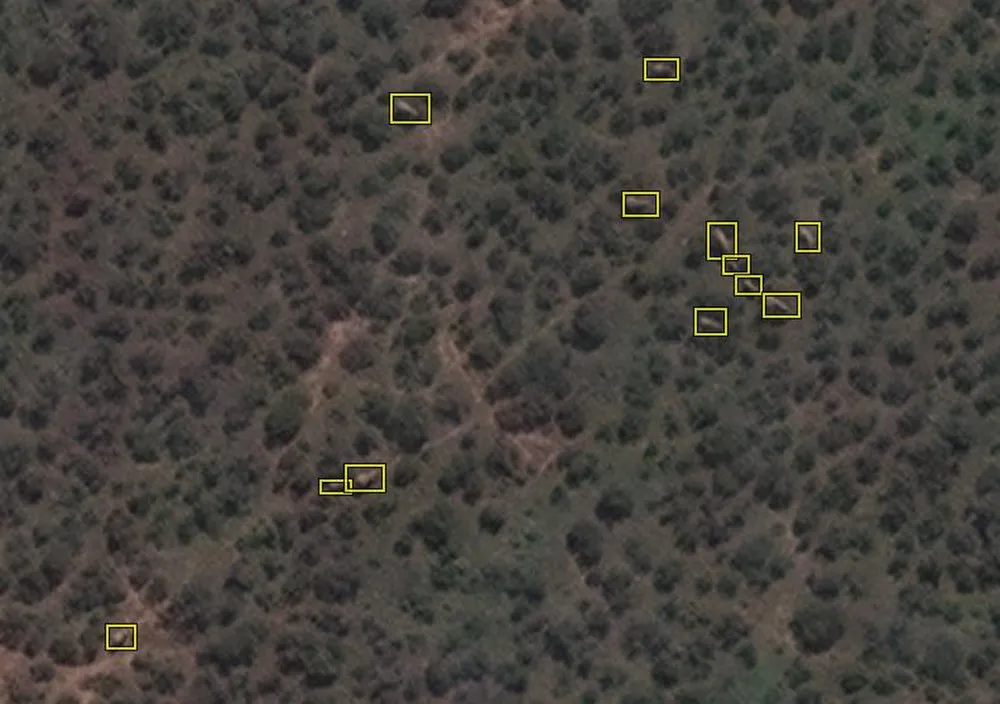
Image: ZSL Publications
The Asian elephant population has declined by 50 percent over the last three generations, pushing the species toward the brink of extinction. To protect the animals from the evil clutches of poachers, scientists have started to track elephants in Africa and are aiming to use satellite tools to track vulnerable elephant populations worldwide.
As per BBC, the images come from an earth-observation satellite that orbits 600 km above the planet’s surface, which captures up to 5,000 sq. km of elephant habitat on a clear day. Machine learning – a form of artificial intelligence that employs algorithms to form an analysis – is then used to calculate the number of elephants visible in the satellite images. The tech will significantly improve manual tracking systems to protect vulnerable species.
Alarm Fences to Protect Wildlife
About 8 years ago, Kenya Wildlife Services announced that it was going to install high-tech fences around certain reserves in an attempt to keep poachers from getting their hands on endangered wildlife. The fences trigger an alarm and notify wildlife rangers if they are tempered with, either by a poacher, or an animal. Once the notification is sent, rangers can head straight to the affected area to investigate what is going on.
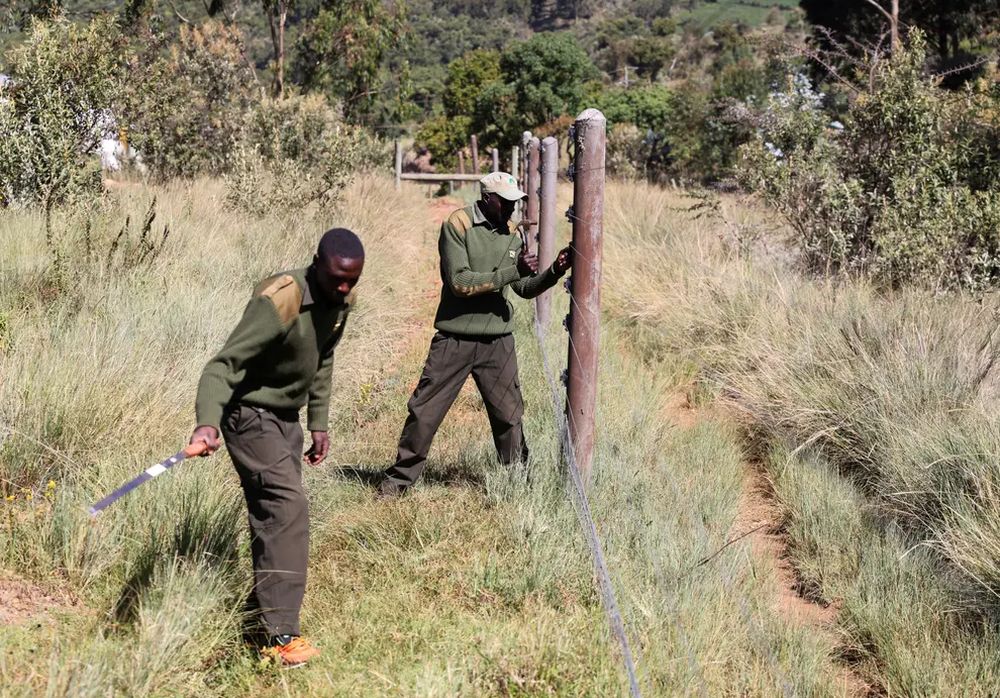
Image: Reuters
The tool is quite effective in smaller areas, such as conservancies small enough to be fenced in entirely, which is a difficult task for the large conservation areas. Regardless, some protection for certain areas is certainly better than leaving the animals vulnerable without any fencing. Authorities believe that fencing can stop about 90 percent of the poaching within fenced areas in the African wilderness.
Embedded GPS Chips
GPS technology is a wonderful tool to keep track of wild animals and protect them from poachers. The Rhino Rescue Project uses GPS technology to stop poachers along with clever use of a dye that makes the rhino horns undesirable. The project infuses a bright pink permanent dye into the horn using a high-pressure device. The dye will make the horn unappealing for the buyers, thus resulting in a decline in poaching incidents.
They also insert three GPS microchips into the horn to deter the poachers. Even if the poachers manage to acquire the horn, they will be running a risk of getting caught and removing the GPS trackers will potentially damage the horn – discoursing the poachers from the trade. The dyed and microchipped rhino horns are indeed unfortunate, but it certainly is better than extinct.
Hidden Cameras to Canvass Wilderness
While both animals and poachers avoid cameras set to monitor the wildlife activities, a stealthily hidden camera can aid significantly in wildlife conservation. Wildland Security is a company that is promoting conservation efforts through its TrailGuards technology and services. TrailGuards is a tiny trail camera that can be installed out of sight in tree trunks, shrubs and other crevasses along trails.
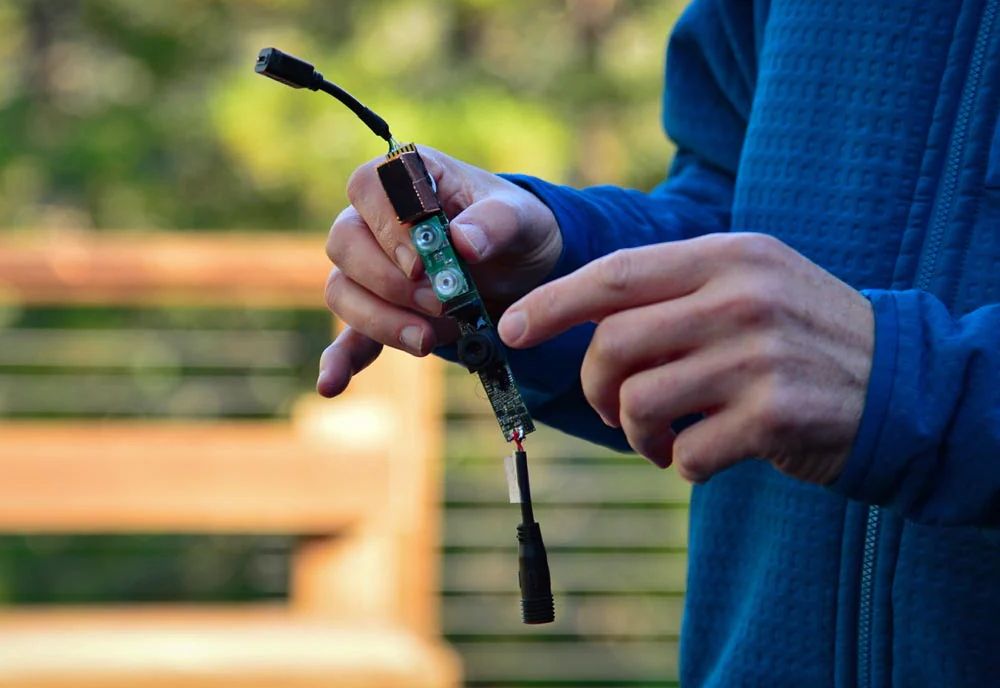
Image: One Earth
Alike camera traps used by researchers, these cameras are triggered by the movement of large animals. The camera is also programmed to identify potential threats and sends notifications along with the image immediately to the anti-poaching teams, who can act accordingly.
However, these hidden cameras are not a perfect solution to catch poachers just like alarm fences. The equipment and the Internet connectivity to send and receive images are both an expense that most wildlife preserves and parks are unable to afford.
Another issue with this tech is the time difference between spotting the poacher and the time to reach the location, during which poachers may be able to kill the animal. Regardless, these hidden cameras are a useful tool in certain situations.
Artificial Intelligence to Protect Animals
Artificial Intelligence (AI) has emerged as one of the ways that modern technology is fighting poaching. It can assist in keeping an eye on illegal activities such as poaching through a human-free monitoring system. AI-enabled drones and night vision cameras can sight such poachers on the ground and alert proper authorities to take necessary action before the unfortunate poaching happens.
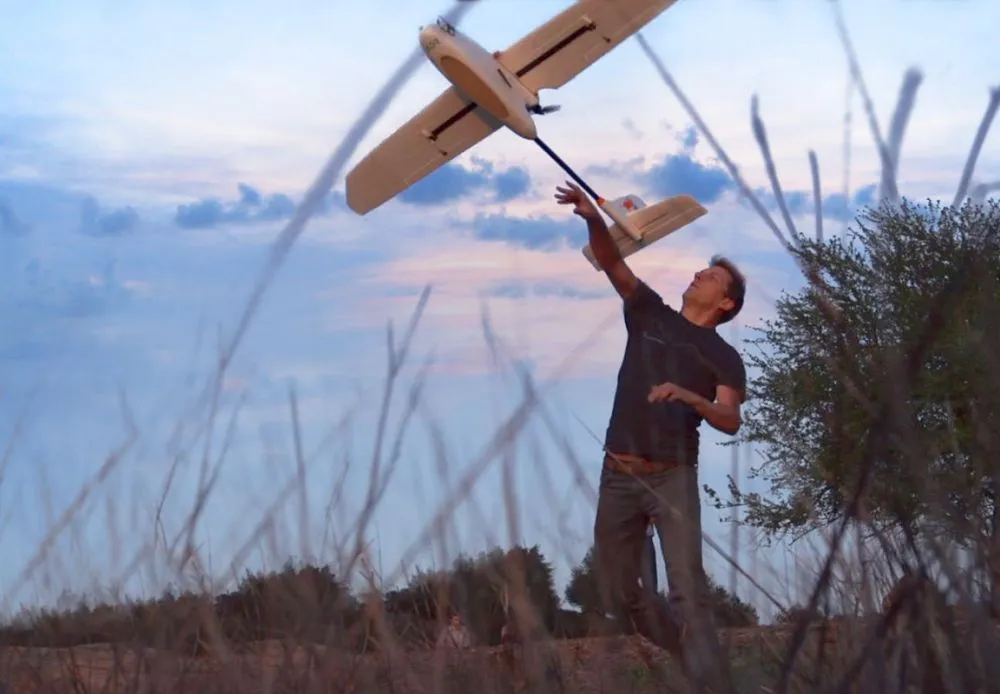
With fast alert systems, it has become easy to detect humans carrying weapons and involved in other odd actions through AI-enabled cameras. Moreover, this technology can also detect different species along with protecting endangered wildlife.
